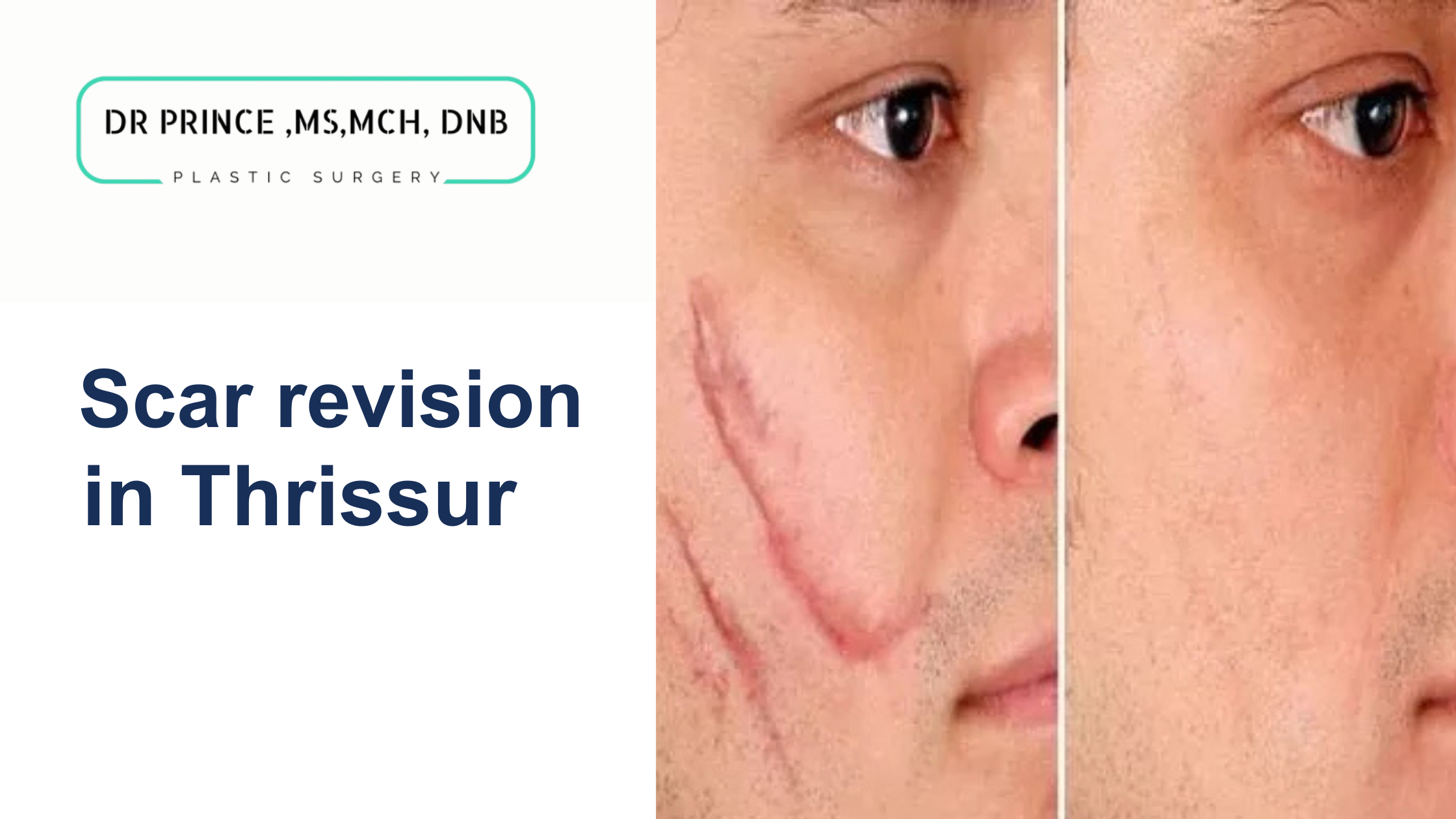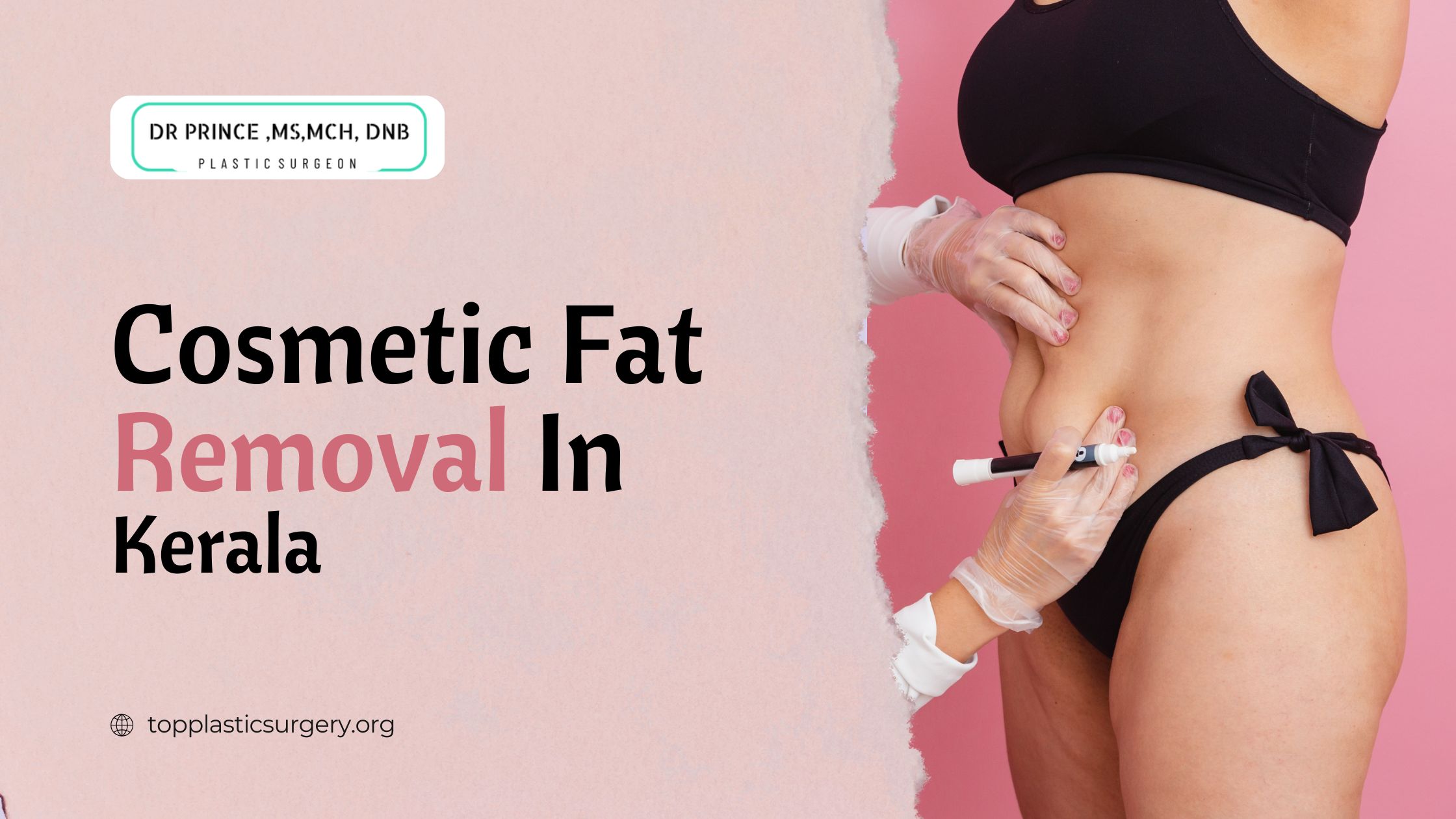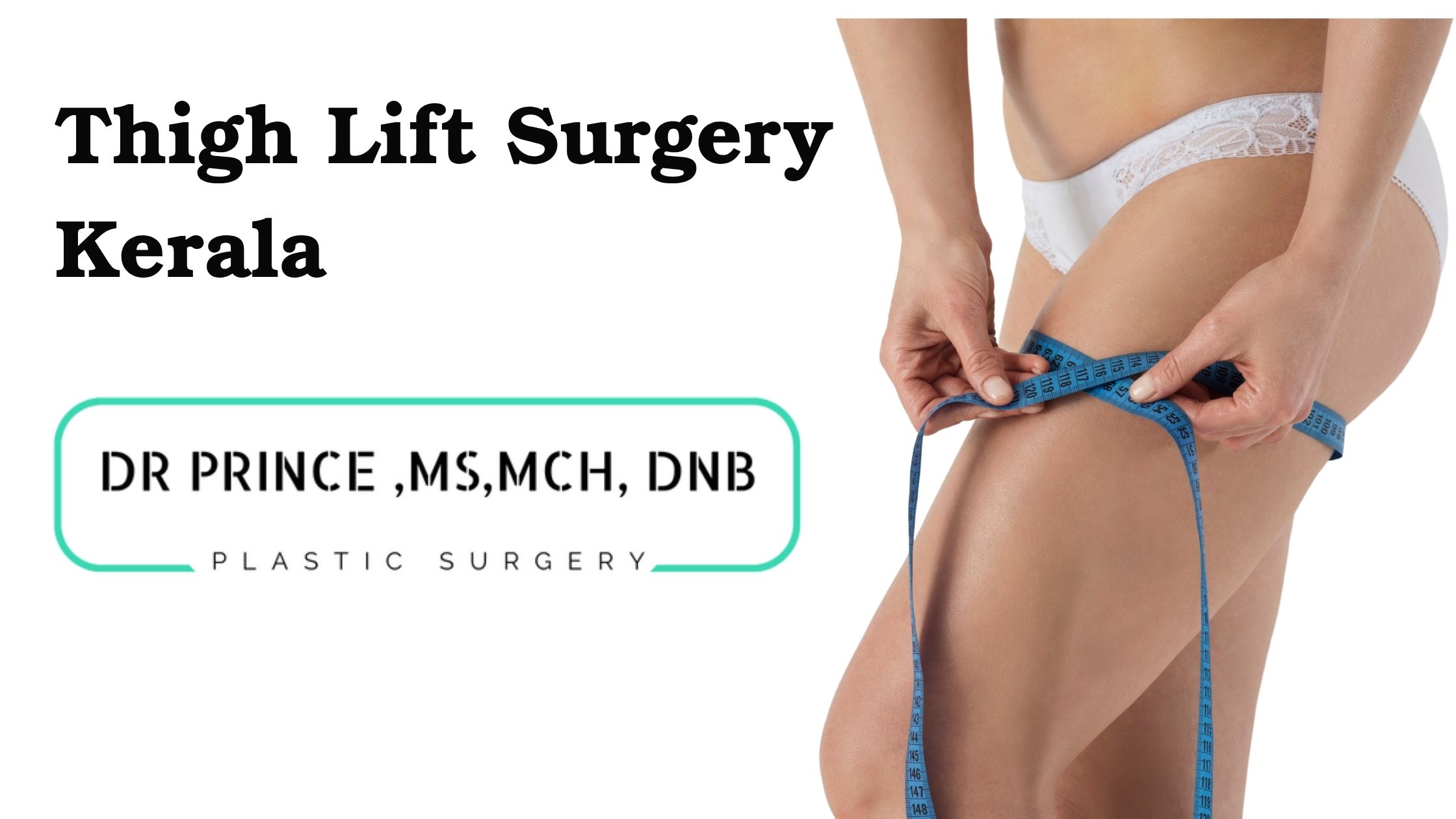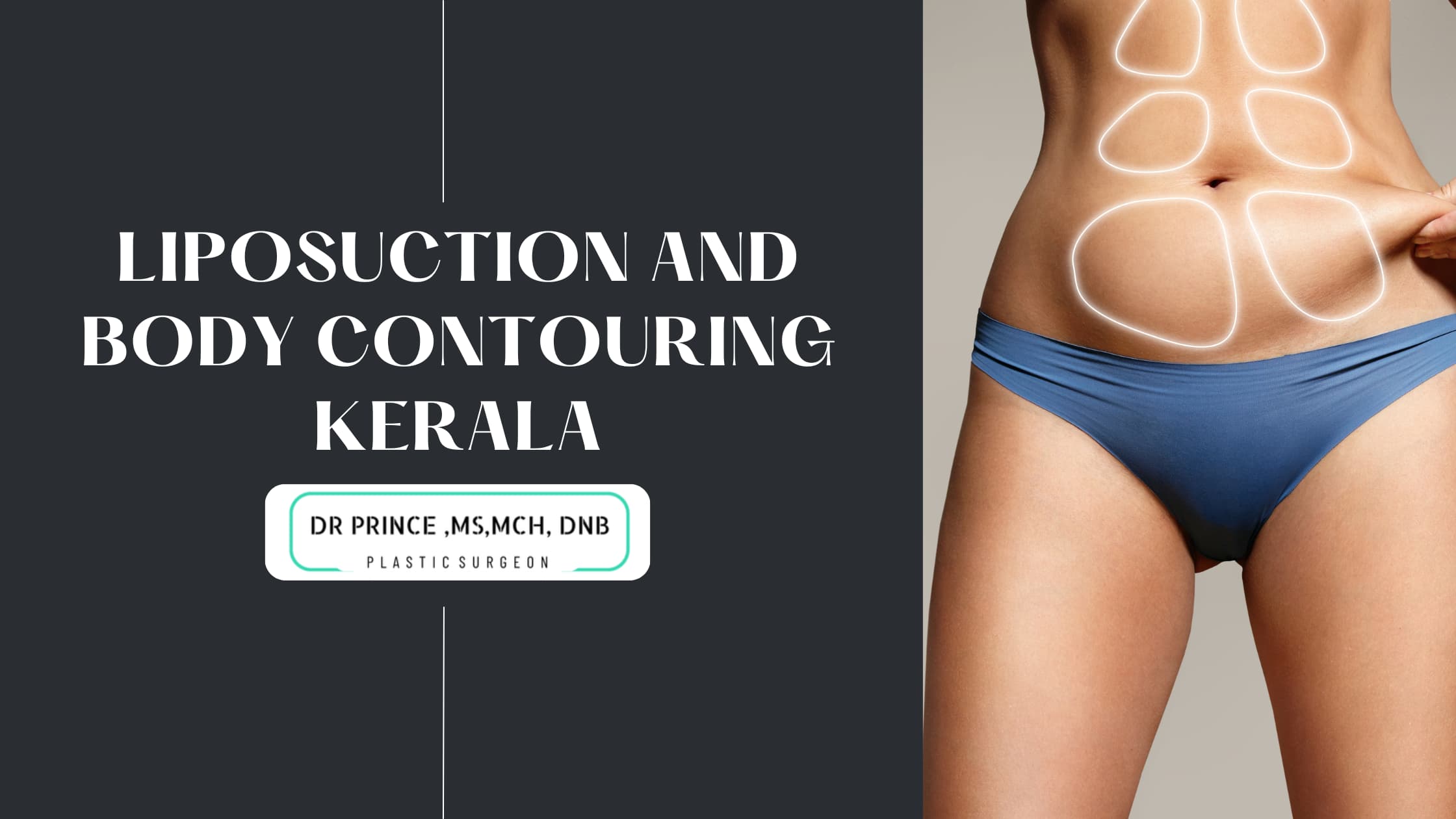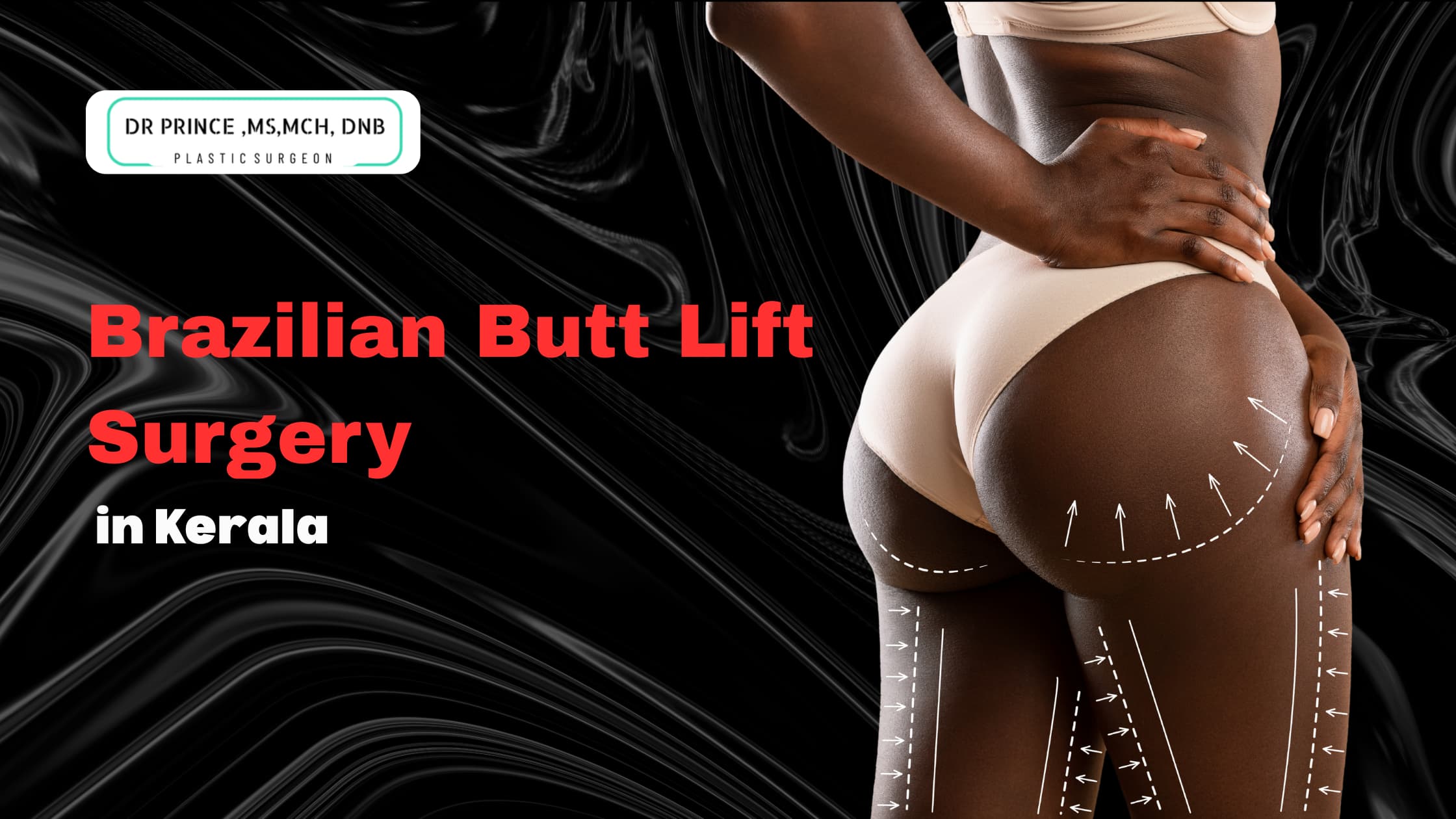Scar revision surgery is a transformative procedure that aims to improve the appearance and texture of scars that result from a variety of causes such as accidents, surgeries, or skin conditions like acne. People in Thrissur, Kerala, now have access to specialized treatments for scar revision, enhancing both the aesthetics of their skin and their confidence. Dr. Prince, an expert in the field of scar revision, provides personalized, state-of-the-art treatments that cater to the specific needs of each patient.
Whether you’re dealing with an unsightly scar from a recent injury, or an old scar that’s been bothering you for years, scar revision procedures offer a solution. In this article, we’ll explore the different types of scars, treatment options, and the benefits of choosing Dr. Prince for your scar revision in Thrissur.
What is Scar Revision?
Scar revision refers to a set of surgical and non-surgical techniques used to improve the appearance of scars. While complete scar removal is not always possible, the goal of scar revision is to minimize the visibility of the scar, making it blend more naturally with the surrounding skin. Dr. Prince in Thrissur utilizes a range of techniques that are tailored to suit the size, type, and location of the scar to achieve the most favorable result.
Scar revision is particularly helpful for individuals who feel self-conscious about their scars, or those whose scars are affecting their quality of life due to discomfort or limitations. By choosing the right scar revision treatment, you can restore the appearance of your skin and regain confidence.
The Scar Revision Process
The process of scar revision involves an assessment of the scar’s size, shape, texture, and location. Dr. Prince performs a thorough examination of the scar and creates a personalized treatment plan that will be best suited for the type of scar you have.
The revision process might involve the following techniques:
- Surgical Excision – For scars that are wide or raised, Dr. Prince may recommend excision, which involves cutting out the scar and stitching the skin back together in a way that is more aesthetically pleasing. This method is commonly used for scars that are large or unsightly.
- Laser Treatment – Laser treatment is one of the most popular methods of scar revision. It works by using focused light to break down scar tissue and stimulate collagen production, which helps in reducing the appearance of the scar. This technique is non-invasive and requires minimal recovery time.
- Microneedling & Dermabrasion – Microneedling uses small needles to create tiny punctures in the skin, encouraging the skin to regenerate and improve the appearance of scars. Dermabrasion, on the other hand, uses a rotating tool to exfoliate the skin’s surface, which helps to smooth out rough, uneven areas caused by scars. These methods are great for reducing the visibility of shallow scars.
- Steroid Injections – Steroid injections are often used for hypertrophic or keloid scars. The injections flatten raised scars, making them less noticeable and more even with the surrounding skin.
- Silicone Gel Sheets & Pressure Garments – These are non-invasive treatments that help to reduce the formation of scar tissue. Silicone gel sheets are applied to the scar to soften and flatten it, while pressure garments apply consistent pressure to the scar to encourage better healing.
Types of Scars Treated with Scar Revision
Scar revision can be used for a wide variety of scars, each of which requires a different approach. Here’s a closer look at the types of scars that can be treated with scar revision:
1. Hypertrophic Scars
Hypertrophic scars are raised, red scars that remain within the boundaries of the original wound. These scars are often the result of surgery, injury, or burns. Hypertrophic scars can be treated using excision or steroid injections, which reduce their size and flatten them for a smoother appearance.
2. Keloid Scars
Keloids are thick, raised scars that extend beyond the boundaries of the original injury. These scars can become larger over time and may cause discomfort. Steroid injections or surgical excision can help reduce the size of keloid scars. Laser treatment is also a popular choice for treating these scars, as it can help shrink the scar and improve skin texture.
3. Atrophic Scars
Atrophic scars appear as depressed or sunken areas of skin. They are commonly caused by conditions like acne, chickenpox, or trauma. These scars can be effectively treated with methods like microneedling, dermabrasion, or even laser treatment to stimulate collagen production and restore the skin’s surface.
4. Contracture Scars
Contracture scars typically result from burns and involve tight, thickened skin that can restrict movement. Scar revision surgery can be used to remove excess tissue and improve flexibility, while also reducing the visual impact of the scar. Pressure garments and silicone gel sheets are often recommended as part of the aftercare to help prevent the scar from growing back.
5. Stretch Marks (Striae)
Stretch marks, often a type of scar caused by rapid skin stretching due to pregnancy, weight changes, or puberty, can also be improved with scar revision techniques. Laser treatments and microneedling are frequently used to reduce the appearance of stretch marks and promote smoother, healthier skin.
Why Choose Dr. Prince for Scar Revision in Thrissur?
Dr. Prince is a highly experienced and skilled practitioner in the field of scar revision surgery. He has a track record of providing successful treatments for various types of scars, helping individuals achieve better skin texture and enhanced confidence. By choosing Dr. Prince, you benefit from:
- Personalized Care: Dr. Prince takes the time to evaluate each patient’s unique needs and develops a customized treatment plan tailored to the type of scar.
- Advanced Techniques: Dr. Prince utilizes the latest in medical technology, such as laser treatments, to provide the best results with minimal discomfort.
- Expertise in Scar Types: With years of experience treating all types of scars, Dr. Prince is proficient in selecting the most effective techniques for each specific case.
- Compassionate Support: Dr. Prince and his team understand the emotional and physical challenges posed by scars. They offer supportive care throughout the process, ensuring that you feel comfortable and informed every step of the way.
Treatment Options for Scar Revision
The right treatment for your scar depends on its type, size, and location. Dr. Prince employs a combination of the following methods to achieve the best results for his patients:
- Surgical Excision – Surgical excision is often used for larger or raised scars that cannot be improved through non-invasive methods. After excising the scar tissue, the wound is carefully closed with sutures to minimize scarring.
- Laser Scar Treatment – Laser treatments such as fractional CO2 lasers or erbium lasers help target the scar tissue beneath the skin’s surface, stimulating collagen production and softening the scar over time.
- Microneedling & Dermabrasion – These techniques work by creating controlled injuries to the skin, which leads to the regeneration of healthy skin cells and improvement in the appearance of the scar.
- Steroid Injections – Keloid and hypertrophic scars often respond well to steroid injections, which help reduce their size and improve their appearance.
Aftercare for Scar Revision
Post-procedure care is crucial to ensure the best possible results from your scar revision. Dr. Prince provides detailed aftercare instructions that will help you achieve optimal healing. These instructions include:
- Wound Care – Keeping the wound clean and protected is essential to prevent infection and promote healing.
- Sun Protection – Sun exposure can worsen the appearance of scars. Using sunscreen and avoiding direct sun exposure is important for the first few months after treatment.
- Follow-Up Appointments – Regular check-ups allow Dr. Prince to monitor your healing and make any necessary adjustments to your treatment plan.
- Avoiding Physical Activity – Depending on the type of procedure, you may be asked to avoid strenuous physical activity for a few weeks to ensure that the treated area heals properly.
Benefits of Scar Revision
The primary benefits of scar revision include:
- Improved Appearance: The primary goal of scar revision is to improve the aesthetic appearance of the scar, making it less noticeable.
- Boosted Self-Confidence: For many individuals, improving the appearance of scars can lead to significant increases in self-esteem and overall confidence.
- Restored Skin Texture: Scar revision methods like microneedling and dermabrasion help smooth out rough or uneven scar tissue, improving skin texture.
- Comfort and Functionality: For individuals with contracture scars or scars that cause discomfort, scar revision can restore skin flexibility and reduce pain.
- Long-Term Results: With the right treatment and care, the improvements from scar revision can last for many years, providing lasting satisfaction
Location and Contact Information
Dr. Prince practices at the Sushrutha Institute of Plastic Surgery, Elite Hospital, located in Koorkenchery, Thrissur, Kerala-680007. For consultations, you can contact him at:
Phone: +(91) 6238944054
Email: contact@topplasticsurgery.org
Frequently Asked Questions (FAQs):
- What is scar revision?
- Scar revision is a surgical procedure aimed at improving the appearance of scars, making them less noticeable.
- Is scar revision suitable for all types of scars?
- Yes, scar revision can be effective for hypertrophic, keloid, atrophic, contracture, and stretch mark scars.
- How long does the scar revision procedure take?
- The procedure time depends on the type and size of the scar, but it typically ranges from 30 minutes to 2 hours.
- Are the results of scar revision permanent?
- While the results significantly improve the scar’s appearance, some scars may still change over time. Proper aftercare can improve the longevity of the results.
- Is scar revision painful?
- Most scar revision procedures are done under local anesthesia, minimizing pain. After the procedure, mild discomfort may occur but can be managed with pain relief prescribed by Dr. Prince.
- What is the recovery time for scar revision?
- Recovery time varies but typically ranges from a few days to a few weeks. Follow-up visits are necessary to monitor healing.
- How soon can I see the results of scar revision?
- Results become visible over weeks to months as the scar heals and fades.
- Will scar revision remove scars completely?
- Scar revision improves the appearance of scars but cannot remove them entirely.
- What should I avoid after scar revision surgery?
- Avoid sun exposure, strenuous activity, and touching the treated area as it heals.

